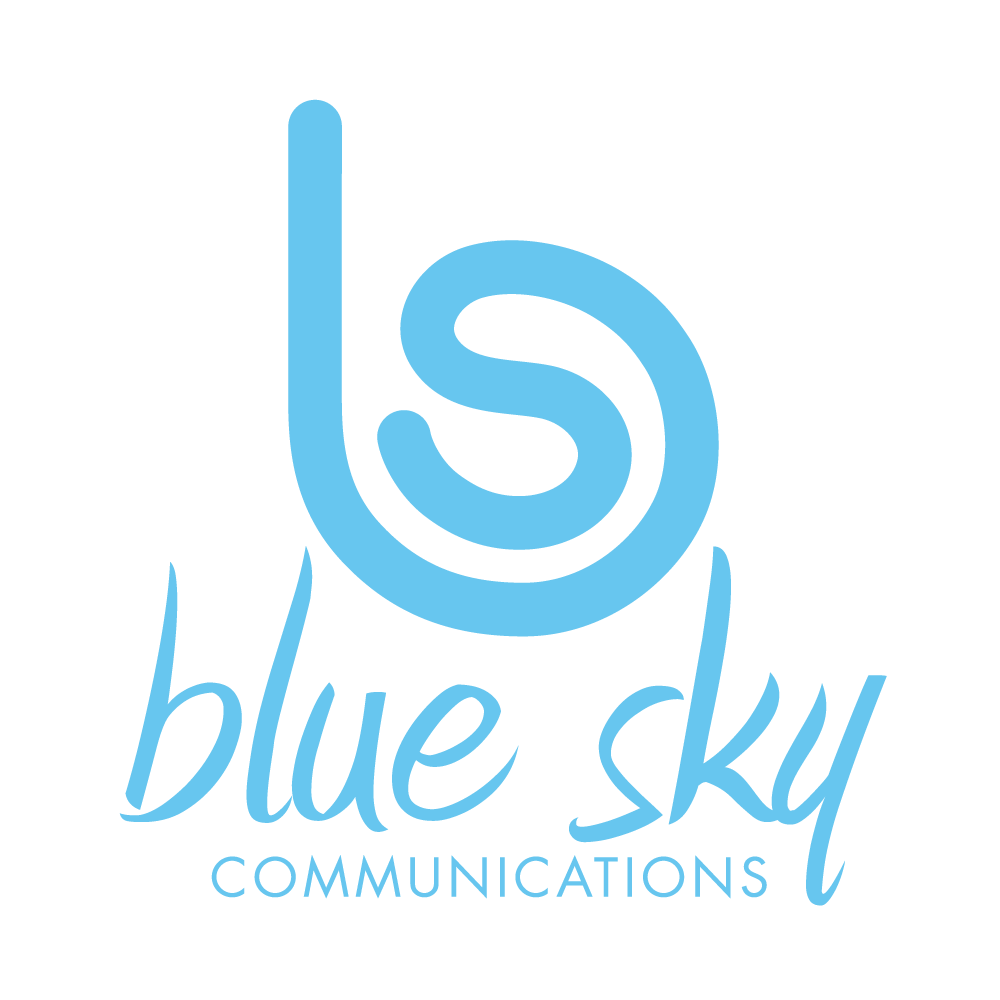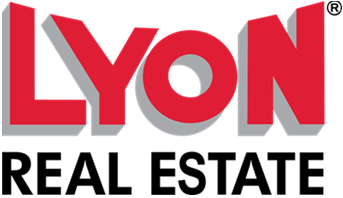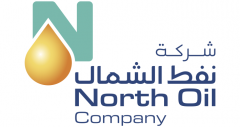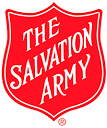A well-crafted agenda is the backbone of any productive team meeting.
It sets clear expectations, keeps discussions on track, and ensures everyone’s time is well spent. Here’s how to create one that works:
1. Define the Meeting’s Purpose and Goals
- Start by clarifying the main objective of the meeting. Is it to solve a problem, review progress, brainstorm, or make decisions?
- Be as specific as possible—clear goals help guide the discussion and keep everyone focused.
2. List Logistics and Attendees
- Include the meeting’s date, time, location (or virtual link), and a list of who will be attending.
- Assign a facilitator or meeting leader, and designate a note-taker if needed.
3. Gather Input from Participants
- Invite team members to suggest topics or questions they want addressed.
- Incorporating participant input increases engagement and ensures all concerns are covered.
4. Prioritize and Organize Agenda Items
- List the topics to be discussed, starting with the most important or time-sensitive.
- For each agenda item, briefly describe its purpose and assign an owner or presenter.
- Estimate and allocate a realistic amount of time for each topic to keep the meeting on schedule.
5. Include Supporting Materials
- Attach or link to any documents, reports, or data that participants should review beforehand.
- Sharing materials in advance allows everyone to come prepared for meaningful discussion.
6. Add Action Items and Next Steps
- Reserve time at the end to summarize key decisions, assign action items, and clarify next steps.
- Clearly note who is responsible for each follow-up task and set deadlines.
7. Share the Agenda in Advance
- Distribute the agenda to all participants ahead of time so they can prepare and add any last-minute items.
- This transparency helps everyone arrive ready to contribute.
Sample Team Meeting Agenda Structure
| Time | Topic/Agenda Item | Owner/Presenter | Purpose/Notes |
|---|---|---|---|
| 10:00-10:05 | Welcome & Objectives | Facilitator | Set meeting goals |
| 10:05-10:20 | Project Updates | Team Members | Share progress, address issues |
| 10:20-10:30 | Discussion Topics | Assigned Leads | Problem-solving, brainstorming |
| 10:30-10:40 | Blockers & Challenges | All | Identify and resolve obstacles |
| 10:40-10:45 | Action Items & Next Steps | Facilitator | Assign tasks, set deadlines |
Pro Tips:
- Keep the agenda concise but detailed enough for clarity.
- Stick to the allotted times to respect everyone’s schedule.
- Continuously improve your agenda format based on team feedback.
An effective agenda empowers your team to work smarter, make better decisions, and leave every meeting with clear direction.






















































